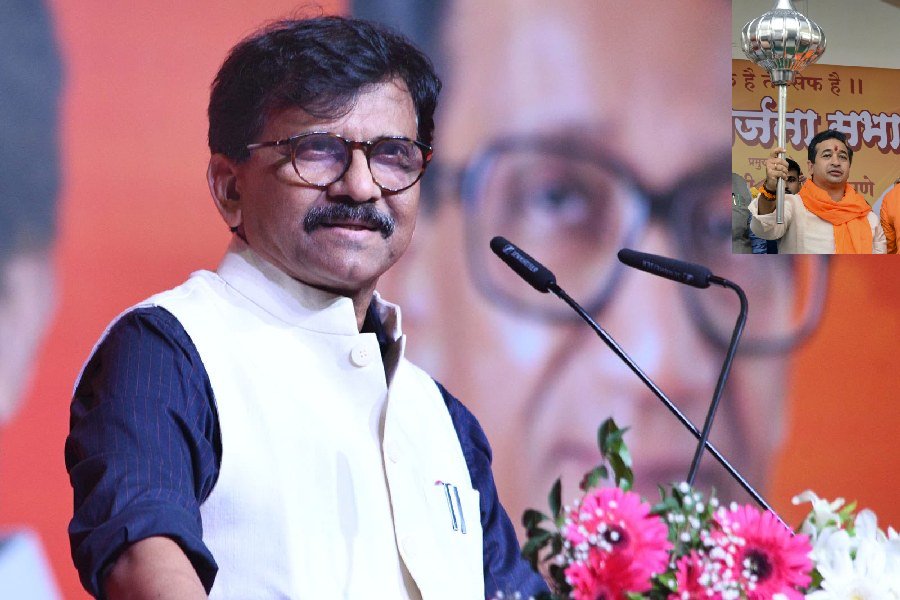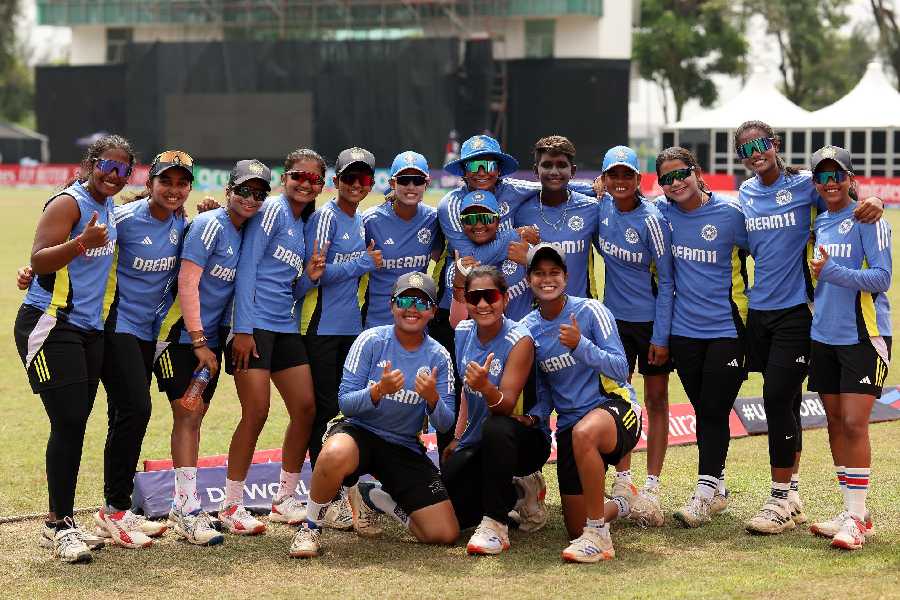.jpg)
Calcutta, Dec. 3: The Narendra Modi government has drawn up plans for an ambitious $70 billion optical fibre network that will crisscross across the country and underpin Digital India's objective to provide broadband connectivity to all by 2020.
Telecom regulator R.S. Sharma admitted today that the original plan for national optical fibre network (NOFN) - conceptualized in 2011 at a modest initial cost of Rs 20,000 crore -- had been a miserable failure and the government was hoping to learn from those mistakes and avoid them when implementing Bharat Net.
"Bharat Net will not be an NOFN-2," Sharma told a glittering audience at the inaugural session of Infocom 2015 here today.
India suffers from very poor broadband speeds and BharatNet is the Modi government's initiative to provide blazing fast download speeds that will bring India up to speed with the rest of the world.
The definition of broadband itself needs to be tweaked from a low-ball 512 kilobits per second (kbps) that was framed in 2012.
The national telecom policy of 2012 had aimed to achieve 175 million broadband connections by the year 2017 and 600 million by the year 2020 at a minimum 2 megabits per second (Mbps) download speed. Eventually, it hoped to provide higher speeds of at least 100 Mbps on demand.
"But the NOFN did not deliver on its goal to provide connectivity to 250,000 gram panchayats across the country due to structural issues," Sharma said at the 14<+>th<+> edition of Infocom, an ABP group initiative.
A consultation paper on BharatNet floated by Trai two weeks ago said only 3,384 gram panchayats had been connected till date.
BharatNet was conceived after a review of the earlier NOFN project carried out earlier this year.
"Yesterday, we debated at TRAI how BharatNet can be implemented so that it doesn't suffer the structural constraints of the earlier programme. "
The aim is to 1 gigabit per second of connectivity to the panchayats. "If we can achieve that we will be able to deliver tele-education, tele-medicine, and even entertainment through IP television. You might not require digital cable TV or direct to home (DTH). Even banking and insurance services can ride on this network," Sharma said.
It is still not known how BharatNet will be funded and operated.
The original report on the NOFN had considered three options: the first was to get central public sector undertakings like Bharast Sanchar Nigam Ltd (BSNL) and RailTel to handle the project with the asset ownership vesting with the Centre.
The second was to get the state governments to head the project by designing and customising its requirements with some equity investment from the Centre.
The third was to hand it over to a private consortium which would build and maintain the network but the asset would continue to vest with the Centre. It would involve some revenue sharing if bandwidth utilization crossed a pre-determined threshold.
The latest consultation paper on BharatNet has floated a fourth option and sought responses from all stakeholders. This provides for a build-own-operate-transfer (BOOT) model.
The private agency will be picked through a bidding mechanism. The agency that seeks the least viability gap funding (VGF) from the Centre will win the project. It will own the network during the concession period.
Call drop
Trai will conduct a drive test in some cities by the end of this month to assess the progress made by operators in addressing the call drop issue.
"The operators have shared with us the kind of work they have done and are expecting some improvement, but it is only after the drive that we'll be able to validate those assumptions," Sharma said.

.jpg)







